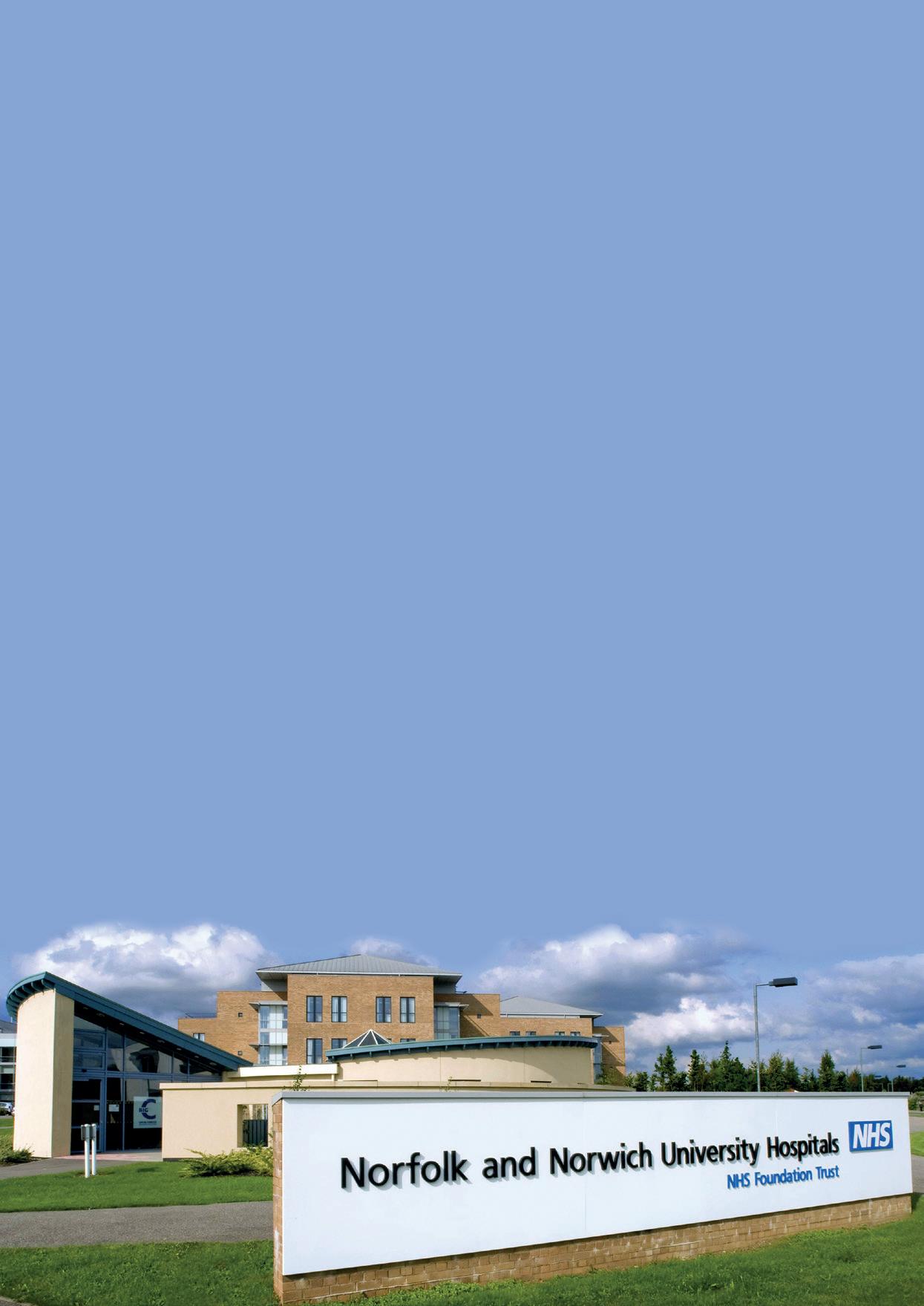Cyber security
How technology can help ease NHS winter pressures Sascha Giese, Head Geek™ at SolarWinds, discusses the failings of legacy NHS technology and how cyber security is vital for the well-being of the health service Winter brings challenging circumstances for the NHS, with the impact of seasonal bugs and flu, among other cold-weather conditions, and places an increased burden on services and resources. Indeed, as recently reported by The King’s Fund, back in the winter of 2018/19, nearly all NHS beds were occupied due to 18,000 patients a day arriving as emergency admissions during February 2019. Peaks in demand such as this will test the resources of any organisation, even one as big as the NHS, and it is perhaps no surprise important stakeholders such as the British Medical Association (BMA) have previously characterised the winter situation as a ‘crisis’. The reasons behind the challenges faced by the NHS during winter are extremely diverse, but there can be no doubt the reliability, resilience, and security of IT infrastructure is fundamental to the ability of any healthcare organisation to meet major spikes in demand—seasonal or otherwise. At any time of year, a security breach or any serious system downtime can cause huge problems for the delivery and efficiency of healthcare services. Add the extra pressure common
56
at this time of year, and an inconvenient IT problem can quickly evolve into a wider crisis.
A current example is the recent arrival of the end of support for Microsoft® Windows® 7 – an operating system widely used across The failings of old technology the NHS. Going forward, Microsoft has It’s inevitable in a public sector organisation now stopped providing security updates with over 70 years of history, the NHS will and support for the product and users always feel the impact of ageing IT. Even have a choice of paying for extended when the technology continues to do the job support, upgrading to the current version it was built for without obvious problems, this of Windows, or sticking with what they’ve ‘legacy’ can bring with it an unwanted got in the hope they remain secure. collection of deeply embedded This is no small problem. problems, from reliability, According to information from the collaboration, and Department of Health, there It’s inev performance issues are still ‘approximately 1.05 in a pu itable to an inability to million NHS computers scale when demand using Windows 7 from a organis blic sector ation w rises. When older 1.37 million’. Aside ith over total 70 year hardware and from the difficulties of the NH s of history, software is in daily, upgrading that number S mission-critical use of computers to Windows feel the will always within organisations 10 in the short term, it impact as large and complex shows the sheer size of of ageing as the NHS, the the task facing the NHS for IT technical and financial any wholesale technology issues associated with change. And the process can replacing it are intimidating. take years –indeed, five years
BUSINESS INFORMATION FOR HEALTHCARE PROFESSIONALS | www.healthbusinessuk.net










